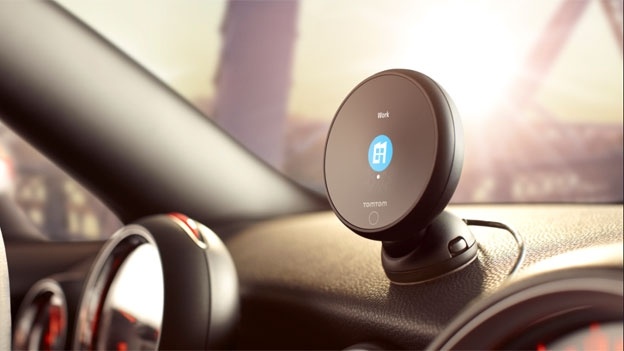
Most commuters know the various routes from home to work and vise versa. So it stands to reason these daily commuters don’t need turn-by-turn directions. Instead, what they most need is an educated eye to tell them based upon real-time traffic, which route is the quickest.
That’s exactly what TomTom aims to do with its “Commuter” concept.
TomTom’s latest concept product will incorporate the company’s latest traffic monitoring technology and impart it simply to drivers on the commute.
“Our aim is to use our traffic expertise to give ocmmuters easy acess to the information they really need every day. Many commuters face a daily driving dilemma, never knowing for sure which of their regular routes will be the fastest. The TomTom Commuter concept will enable daily drivers to make informed decisions,” says Corinne Vigreux, Managing Director of TomTom Consumer.
As recently as the last few months, we’ve seen the simplification of navigation systems. Not so many years ago, in-car navigation systems were big, bulky, DVD-based systems. Recently, many automakers have rolled out smartphone-based, turn-by-turn systems. This takes that simplification trend one step further and we rather like it.
TomTom has not yet said when a production version of the Commuter might be available but we wouldn’t be surprised if it weren’t sooner than later, as we think the idea could really catch on.
With the abilities of phone-based navigation growing all the time, is there a niche for this product? Leave a comment.


